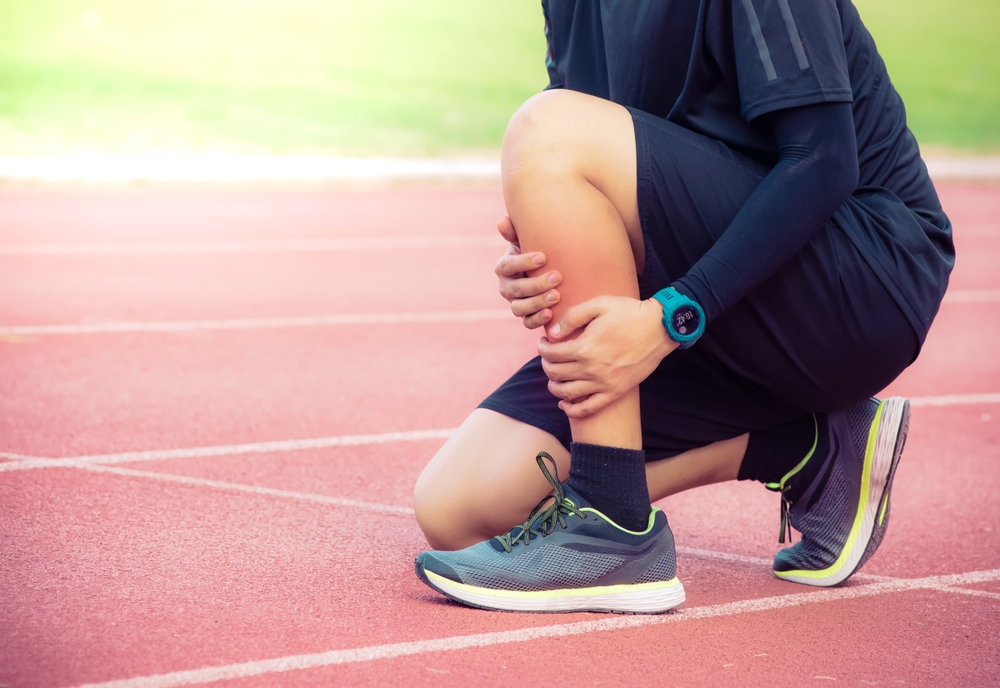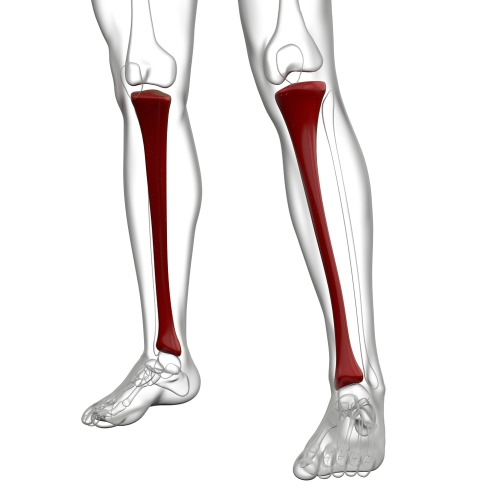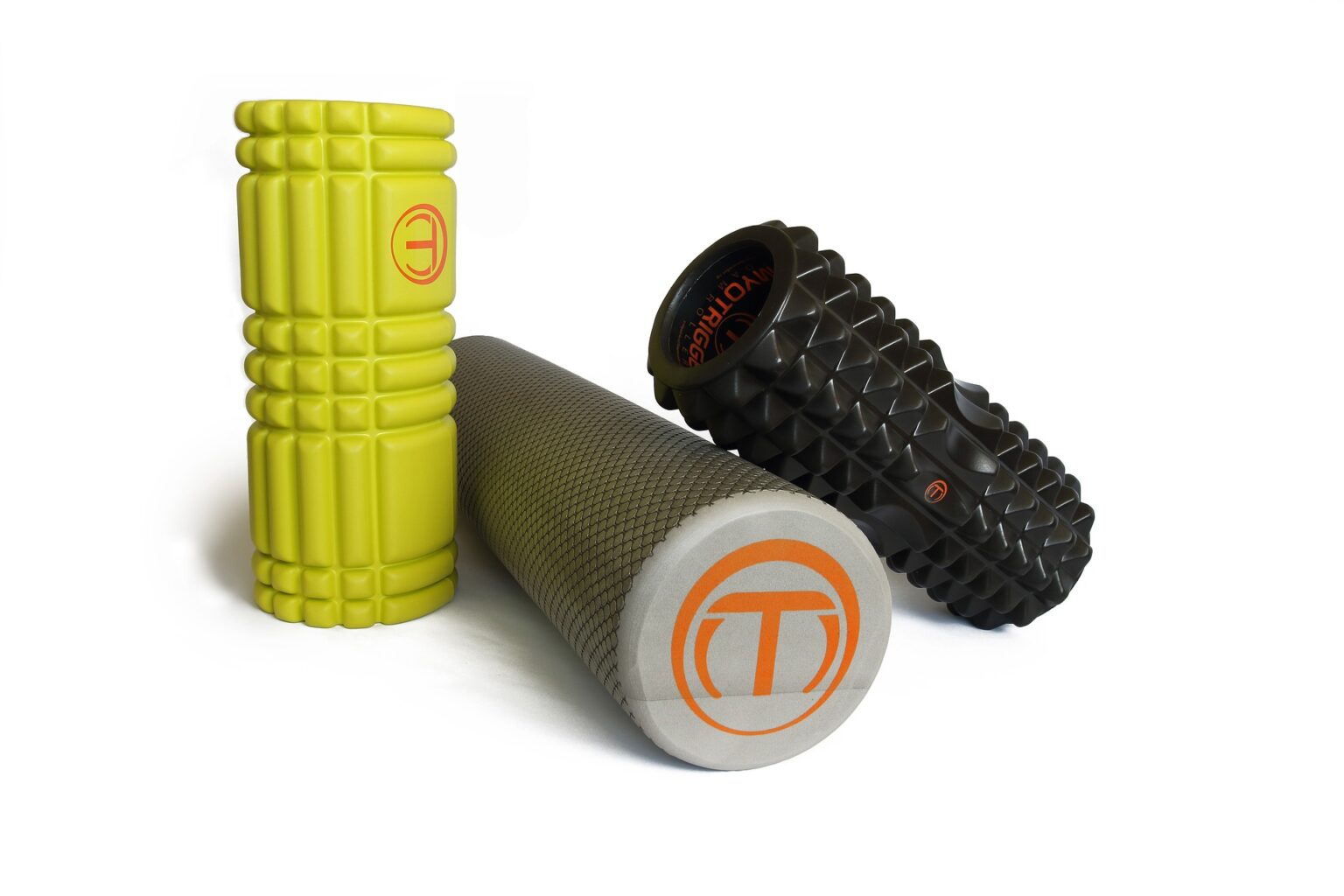Medial Tibial Stress Syndrome (MTSS) or “Shin Splints” is one of the most common running injuries, occurring in 4 – 35% of all running athletes. Shin splints is a debilitating injury that can plague running careers if not managed early. Here we discuss how to manage shin splints and run pain free as soon as possible!

Summary
- Shin Splints is a stress injury to the bone. It will not improve with massage or dry needling alone.
- Risk Factors: Female gender, low bone density, poor nutrition or energy intake, excessive stride length, excessive pronation/navicular drop and leg muscle weakness.
- Treatment: Appropriate nutrition. Energy intake. Good sleep. Load management. Strength training. Changing cadence.
What are Shin Splints?
Medial Tibial Stress Syndrome or “Shin splints”, is an acute painful sensation experienced at the front or inside of the shin, usually along the tibia. It’s due to excess stress/load placed on the medial portion of the tibia. It is thought that the injury exists on a continuum as below, from least serious to most serious
1. Periosteal inflammation (Injury to the connective tissues surrounding the bone).
2. Bone Maroow Oedema (Fluid build up in the bone marrow).
3. Stress Fracture (Fracture of the Tibia due to ongoing and excessive load/stress)
Risk factors
- Sudden increase in training load.
- Low bone density.
- Female gender.
- Long term steriod use.
- Reduced muscle strength including calf complex, quadriceps, gluteal muscles and hip external rotators.
Treatment and management of shin splints
Acute phase: Managing pain
- To reduce pain, we need to reduce training load. Continuing to train at high levels will exacerbate the pain and slow healing time. Some runners can tolerate a small amount of running in the first 1-2 weeks, others may need to rest for this period (2).
- Consider bike riding in the meantime to maintain aerobic capacity.
- Options for short term pain relief include analgesic and anti-inflammatory medications, topical anti-inflammatory gels.
Sub-acute phase: Managing the cause of the injury
- Low bone density and diet for shin splints: If you think you’re at risk, talk with your doctor or dietician about how to manage this. It may involve increasing your vitamin D, calcium or overall energy intake (3). Female long distance runners are more susceptible to low bone density and bone stress injuries, therefor monitoring intake of the above nutrients is especially important in this group.

- Sleep: Make sure you are getting enough good quality sleep to ensure maximum healing time. 7-9 hours per night is essential, especially when recovering from an injury (3). You can read more about the importance of sleep on athlete performance here.
- Strength training: During running, some of your muscles need to manage up to 7.5 X body weight per step. If your muscles are weak, your joints and bones will take the brunt of the force. In regard to shin splints, strengthening your calfs, quads, and gluteals is especially important. Read our article on Strength Training for Runners (2). (Watch this space for a video on key exercise for improving shin splints)
- Step length and cadence: A key strategy to reducing load through your shins when running is to increase cadence (steps per minute). This will reduce your step length, keeping your foot closer under your centre of mass. Research suggests increasing your cadence by 5-7.5%. Metronome apps on your phone can help with timing your steps (1). (Note: Running on a treadmill can naturally increase your cadence by 4-5%, so keep this in mind).
Managing painful shins on race day

- Try increasing how many steps you take per minute and reducing step length. This will immediately reduce the amount of load going through the tibia with each step and help ease the pain (2).
- Using the cue “Run Softly” can help athletes reduce the tibial load via reducing how much you move up/down with each step)(2).
- Foam roll and apply anti-inflammatory gel to the adjacent muscle along the front of your shin. This won’t provide any long term benefits but may just get you through the race!
References
1. Luedke, L. E., Heiderscheit, B. C., Williams, D. S., & Rauh, M. J. (2016). Influence of Step Rate on Shin Injury and Anterior Knee Pain in High School Runners. Medicine and science in sports and exercise, 48(7), 1244-1250.
2. Warden, S. J., Davis, I. S., & Fredericson, M. (2014). Management and prevention of bone stress injuries in long-distance runners. journal of orthopaedic & sports physical therapy, 44(10), 749-765.
3. Wright, A. A., Taylor, J. B., Ford, K. R., Siska, L., & Smoliga, J. M. (2015). Risk factors associated with lower extremity stress fractures in runners: a systematic review with meta-analysis. Br J Sports Med, bjsports-2015.